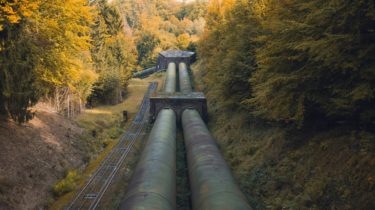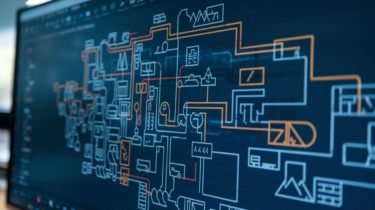Automating Data Cleaning Processes with Pandas
Automating Data Cleaning Processes with Pandas Few data science projects are exempt from the necessity of cleaning data. Data cleaning encompasses the initial steps of preparing data. Its specific purpose is that only the relevant and useful information underlying the data is retained, be it for its posterior analysis, to use as inputs to an AI or machine learning model, and so on. Unifying or converting data types, dealing with missing values, eliminating noisy values stemming from erroneous measurements, and […]
Read more








